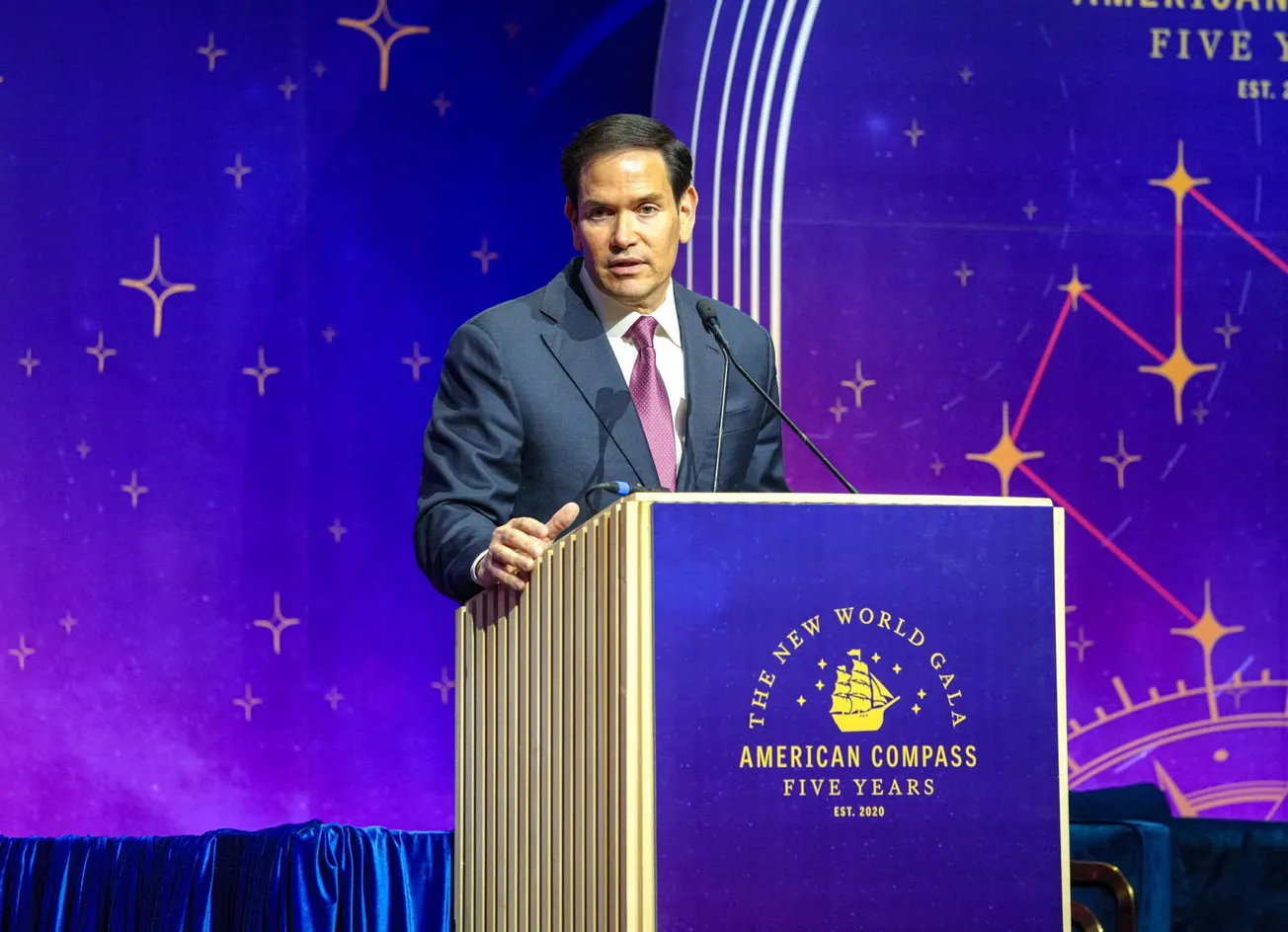After three years of relative inaction, due to the November 2019 coup against President Evo Morales and the economic wreckage left behind by the illegal 2019-2020 government installed after Morales was forced to resign, the current Bolivian government has now officially relaunched the Bioceanic Rail Integration Corridor, which also includes Brazil, Paraguay and Peru. While it is not intended to exclude other projected bioceanic corridors, of which there are many in Ibero-America, Public Works Minister Edgar Montano has emphasized that, from Bolivia’s standpoint, the route through his country is the one that makes the most sense, because it goes through “the heart of South America,” and can be a means of integrating the entire continent. On June 27, Montano met virtually with his Paraguayan, Brazilian and Peruvian counterparts and their technical teams, known as the Bioceanic Rail Corridor Operative Group, to discuss specific work that has to be done to move forward with the project.
Recall that in his June 14 meeting with Bolivian President Luis Arce commemorating the end of the fratricidal 1932-35 Chaco War, Paraguayan President Mario Abdo Benitez invited the Bolivian government to participate in another bioceanic corridor under construction that extends from Brazil, through Paraguay, northern Argentina to Chile—for the moment excluding Bolivia. Abdo Benitez insisted that Bolivia be part of this project, which Arce readily agreed to, describing it as a way to promote not only binational but also regional cooperation and integration. In this he countered Bolivia’s pro-U.S. opposition which has been shrieking that Paraguay was deliberately excluding Bolivia from its bioceanic project.





